We can't live without nature
The Flamingo Ponds are one of the most important birdwatching sites for migratory birds. Beyond the roughly 1,000 pink flamingos that can be seen here almost year-round, feeding on tiny brine shrimp and copepods, this is also a vital resting spot for tens of thousands of shorebirds, ducks, gulls, and other waterfowl making their seasonal journeys.
Saltwater habitats are vanishing from the world. They are found mostly in hot, dry regions—and as rivers are dammed to meet human needs, these rare lakes are drying up almost everywhere they exist. Yet these habitats are vital for shorebirds, waterbirds that migrate tens of thousands of kilometers each year, from the Arctic tundra to southern Africa. The number of stopover sites along their journey is shrinking rapidly. Industrial salt ponds have become a substitute for these natural salt lakes—and in fact, their marine biology is remarkably similar. In other words, they offer the same food the birds depend on. So, although these ponds are man-made and not natural sites, they hold tremendous ecological value and have become sanctuaries of life in the heart of the desert.
The most common species here include the Greater Flamingo (seen year-round in varying numbers), the Little Stint, the Dunlin (mainly in winter), the Common Ringed Plover, and several elegant sandpipers—Marsh, Green, and Wood Sandpipers, as well as the striking Ruff. In summer, the ponds become especially significant: they are the only regular nesting site in Israel for the Kentish Plover and home to the densest breeding colony of Black-winged Stilts in the country.
How is all this preserved, even though it’s actually part of a working salt factory? With a lot of help from the Salt of the Earth company—and, when needed, by rallying public support to stand up and protect it together.
The ponds are located about 5 kilometers north of the Bird Sanctuary, and visitors are welcome to use the observation shelter built there. Both Waze and Google Maps will guide you straight to the site.
Romeo and Juliet – The Pink Version
This is the story of Romeo and Juliet in a modern version, where timeless questions come to life once more: which value will prevail? Will love be strong enough to overcome prejudice, class, war, or money? Romeo may have lost the battle, but he won his war. From then until today, countless plays, stories, and films have continued to tell the same timeless tale—the triumph of love. The tragedy of these beloved souls lives on with us forever.
Our story, too, is one of a struggle between values. It is the story of countless people who come to meet the graceful, delicate, and admired flamingo, along with the many waterbirds that pause to rest in Eilat’s salt ponds during their migration. Their hearts fill with love. Here, countless moving marriage proposals have taken place. As the sunset paints the sky—and the flamingos—in shades of pink, love fills the air, and all signs point to her saying yes. But there are also those who come here and see not beauty, but opportunity—the chance to make more money.
It is a struggle between the birds’ right to rest here in peace and tranquility—at a stopover of global importance for shorebirds and waterfowl—and the right of every human being to enjoy this natural wonder, versus the claim of a single individual to take a personal gamble with this public treasure for their own benefit.
The Flamingo Ponds are under threat—again. We thought this battle was behind us, that the developer had understood the public’s clear opposition to the project. But on Tuesday, the National Planning Committee will discuss an amendment to the master plan that would allow the developer to promote a project for an “aquaculture and Nabatean agriculture visitors center,” including a camping site for no fewer than 750 people—right on the shores of the Flamingo Ponds. It’s yet another step in the long process of approving a plan that would bring hundreds of people to stay overnight, along with bonfires, dogs, nighttime wandering, and inevitable chaos. For the record, the Nabateans likely never practiced agriculture here at all—the archaeological remains in the area date back to the Muslim period.
And so, on Election Day, we brought hundreds of people here to voice their support for preserving the ponds and their birds, and for canceling the destructive plan. We spread love for the pink birds—and for all the others, in every color. It was a day filled with joy and hope, with children dancing, laughter in the air, and flamingo face paint on smiling cheeks. But it seems that money, once again, proves stronger than love.
The Flamingo Ponds are, first and foremost, an industrial salt production site. Yet they are also a rare and extraordinary stopover—rich in food that sustains hundreds of thousands of migratory waterbirds: sandpipers, plovers, stilts, ducks, gulls, spoonbills, and flamingos. Because this area is not a designated nature reserve, protecting it and its birds is a constant struggle. Not against the salt company, Salt of the Earth—they, in fact, understand the site’s importance for the birds and do everything they can to preserve and even improve conditions for them. The struggle is against parts of the public who fail to respect the birds, against developers who have forgotten that nature is not a product but a treasure, and against authorities willing to approve exploitative plans for a place they likely haven’t even visited. Last summer, when visitors flew drones to film the flamingos, when ATVs roared through the area and people chased the birds just to see the pink of their wings, the flamingos fled the ponds. They spent the day in a fenced-off, foodless section of the salt plant, returning to the ponds only after dark—when the crowds were gone—to feed and rest. This year, we put up signs around the site, and the Israel Nature and Parks Authority, with the help of our volunteers, has been enforcing regulations against disturbing the birds. But now comes a new blow—the proposed camping site plan.
Public assets belong to the public. They are meant for everyone. Nature tourism must respect the very nature it showcases. We’ve already seen hotels built on the edge of cliffs—meant to offer a view, yet destroying that same view in the process. What sense does that make? Both Israeli and international eco-tourists know how to appreciate a site that stands beside nature’s treasures, not on top of them. Every visitor would gladly walk two minutes to a viewpoint that allows them to enjoy the scenery and the birds—without disturbing them. Overexploiting our natural assets will only harm them. Once they are gone, they are gone for good.
We are here to fight this. We don’t love the struggle—but this struggle is born out of love. Only love can overcome money, power, and self-interest.
We call out, with both voice and heart, to the National Planning Committee: protect this vital habitat, safeguard this precious public asset, and do not allow any nighttime activities here that could threaten the birds’ survival.
Please support us—share your voice on Facebook and spread the love. This time, Romeo will win. And Juliet will be happy too—she loves flamingos.
conclusion
The Committee for Fundamental Planning Matters, part of the National Planning and Building Committee, has decided not to allow overnight stays near the Flamingo Ponds. Representatives from the Israel Nature and Parks Authority, the Society for the Protection of Nature in Israel, the Eilot Regional Council, and the Ministry of Environmental Protection were resolute. The salt company, Salt of the Earth, expressed its support, and the committee recognized its duty to protect the public interest and our natural assets—even when they exist within an industrial salt production facility. This would not have been possible without the public support and activism that helped change the minds of the decision-makers.
So, until the next threat arises, pink reigns—and that’s a very good thing.
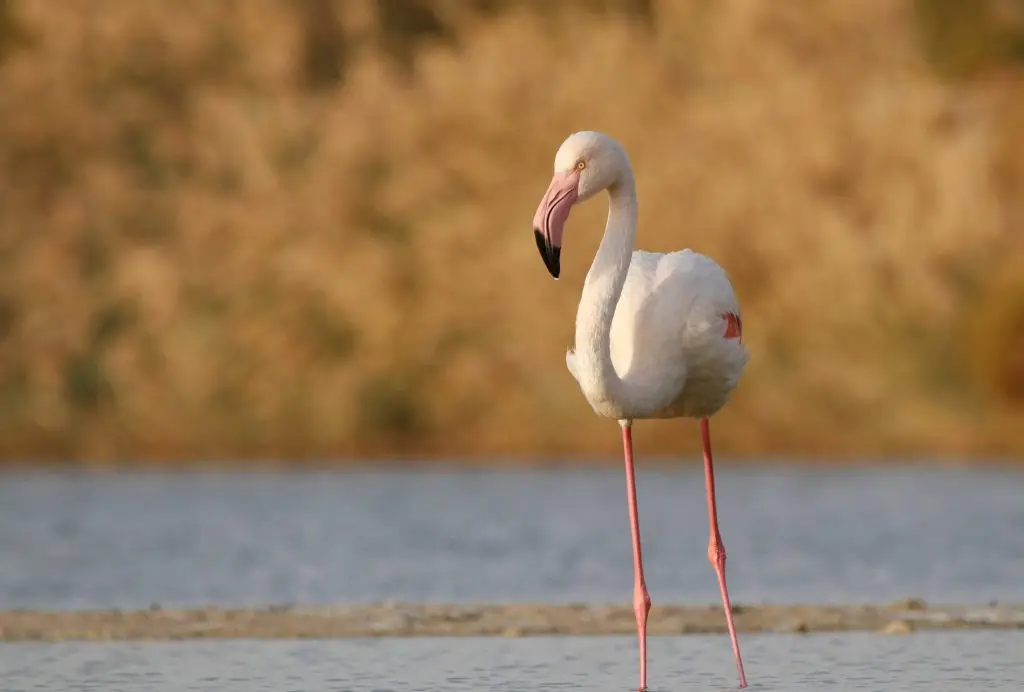

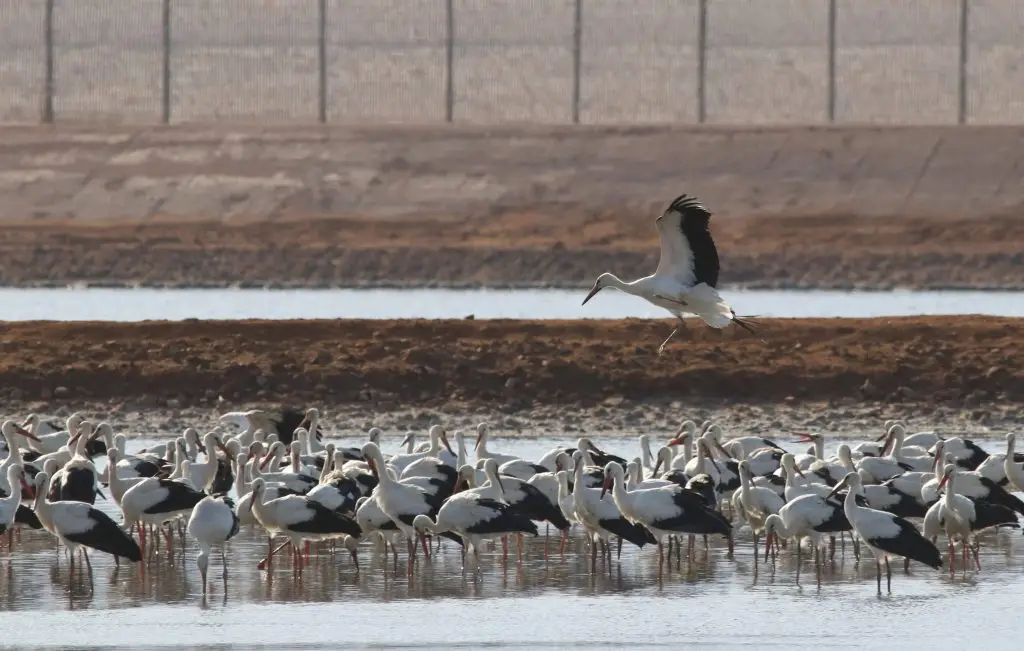
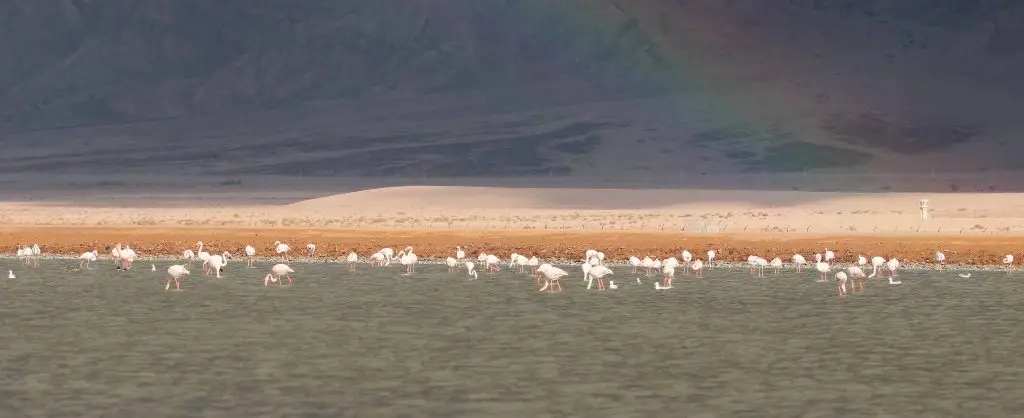
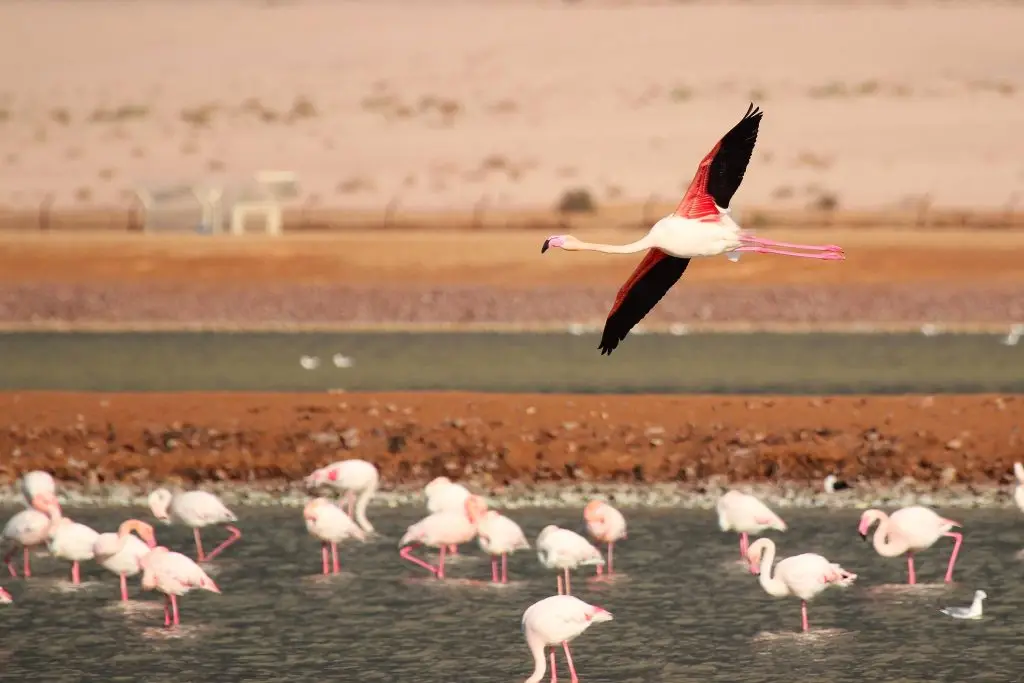

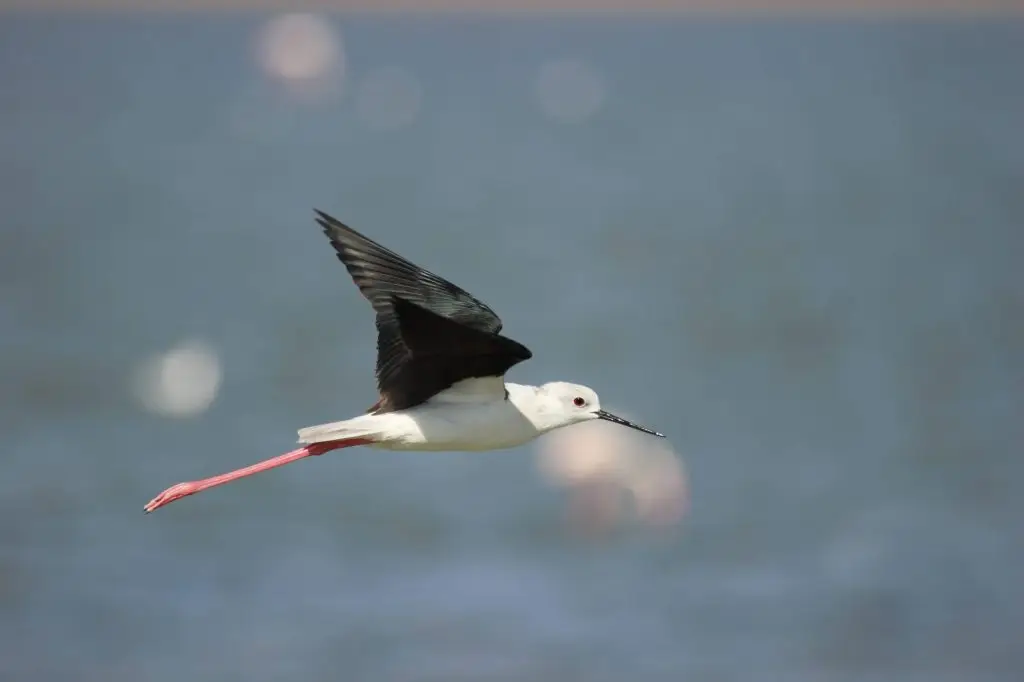

We can't live without nature
The Eilat Birdwatching Center’s community conservation project has been recognized as one of the world’s most important initiatives for protecting biodiversity.
As part of the UN-organized COP-15 Global Biodiversity Summit, held in Kunming, China, with the participation of 196 countries and the presence of several world leaders, the 100 most influential initiatives for global biodiversity were selected. Out of 258 projects submitted by 196 organizations from 26 countries across 7 continents, the conference’s expert committee chose around 100 outstanding projects—19 of which were recognized as truly exceptional. The Bird Migration Flyway Conservation Project, based on the community work of the Eilat Birdwatching Center, received the summit’s highest honor for an exceptional project.
“Our way of ensuring that our skies remain as safe as possible, and that the stopover sites where migratory birds rest and refuel on their long journeys are secure and full of food, lies in engaging the public and our local community,” says Noam Weiss, Director of the Eilat Bird Sanctuary. Eilat and the southern Arava lie at a critical crossroads for migratory birds. The land bridge connecting Europe, Asia, and Africa, situated right on the edge of the Sahara Desert, makes this region a bottleneck for migration and an essential stopover site for millions of birds. Protecting the migration route means keeping the skies clear of wind turbines, cable-supported antennas, hazardous power and communication lines, and even glass-fronted buildings that birds fatally collide with. But it’s not just the skies that need protection. Birds that once thrived in rich natural habitats like the Eilat Saltmarsh—now almost completely gone—are increasingly forced to rely on human-made habitats such as gardens, orchards, agricultural fields, reclaimed water reservoirs, and even salt ponds. “To make these human-created sites—whose original purpose is entirely different—safe and attractive for migratory birds, we need public support and extraordinary partnerships,” Weiss explains. “Convincing a farmer that birds can provide natural pest control just as effectively as pesticides, if only he adjusts his fields and orchards to welcome them—or creating a collaboration with the Ein Netafim Water Corporation to transform reclaimed water reservoirs into safe havens for migratory birds—requires deep community roots, citizen science, and a lot of goodwill.” Visitors to the Eilat Bird Sanctuary immediately notice that the park is designed first and foremost for birds—but also welcomes people to connect emotionally with migration and develop a desire to protect it. At the bird ringing and research station, visitors can watch scientists study the birds’ physical condition and fitness for migration. Often, they even get the chance to hold a bird in their hands and release it back to continue its journey. “It’s a life-changing experience,” says Iris Gorin from the Society for the Protection of Nature in Israel (SPNI), who operates the ringing station. “A child or adult who holds a small, warm, energetic bird for a moment and sets it free again wishes it safe travels from the heart. From that moment, they’re committed—for life—to loving birds and protecting nature, whether in their garden or workplace. Once we explain to visitors the immense challenges of migration and the birds’ incredible resilience, a powerful emotional bond forms between people and nature.” Tzadok Tzemach, the park’s Operations Manager and employee of the Eilat Tourism Corporation, has long wanted the people of Eilat to see the park as their own. “We began hosting large community events eight years ago,” he says. “We invite everyone to come, see, understand, and fall in love with the birds—and the people of Eilat respond in force. Thousands attend our events, and that’s in addition to schools, workplaces, and even families who come to watch the bird ringing every morning—an hour before the school day begins.”
The success in engaging the local community with the Eilat Birdwatching Center’s mission is translating directly into real conservation achievements. Four planned wind turbine farms, set to be built right along the migratory flyway and between key stopover sites, were halted thanks to the dedicated efforts of the Center’s volunteers and the local community. Eilat’s reclaimed water reservoir is undergoing a complete transformation to benefit migratory birds, led by the Ein Netafim municipal water corporation. The “Salt of the Earth” salt company is investing significant resources in improving the salt ponds—now affectionately known as the Flamingo Pools. A Bezeq communications tower, glass-fronted buildings, and numerous other initiatives have all been redesigned or adapted to reduce hazards to birds—thanks to the care, commitment, and collaboration of people who truly value nature.
Noam Weiss, Director of the Eilat Bird Sanctuary, concludes: “International recognition is empowering. Conservation work can sometimes feel lonely—often it’s the effort of just a few individuals. But here in Eilat, we’re surrounded by devoted volunteers and a caring, supportive community. This global acknowledgment of what we do gives us the strength to keep going. People say money makes the world go round—but here in Eilat and the Arava, we see that emotion is stronger than economic or political power. The community truly loves the birds and is willing to do so much for them. We’re creating real change in how this region relates to nature—and that change comes straight from the hearts of the people. And their hearts are big.”
The Eilat Bird Sanctuary is a unique partnership between the Society for the Protection of Nature in Israel (SPNI), the Jewish National Fund (KKL-JNF), the Israel Nature and Parks Authority, the Eilat Municipality, the Hevel Eilot Regional Council, The Government Tourism Corporation, and the Ministry of Tourism. The sanctuary is managed by the Eilat Tourism Corporation.
“Between the Gulf of Eilat, ranked among the most beautiful in the world, and the Edom Mountains, lie many magical places in and around Eilat. One of them is the Eilat Bird Sanctuary—a tourism, education, and research hub visited by thousands of students, researchers, tourists, and, of course, hundreds of millions of migratory birds,” says Eilat Mayor Eli Lankri with pride.
“Eilat is deeply proud to be such a significant stop along the global migration route,” he adds. “This is an opportunity to thank the sanctuary’s dedicated team, who work day and night for its success, together with our partners—the Society for the Protection of Nature in Israel, the Jewish National Fund (KKL-JNF), the Hevel Eilot Regional Council, the Ministry of Tourism, H.M.T. (the Government Tourism Corporation), and the Eilat Tourism Corporation team, which manages the sanctuary on behalf of the Eilat Municipality.
The award-winning project is based on close collaboration with the Eilat community, which embraces the sanctuary and its surroundings with genuine love. This prestigious recognition reflects the great appreciation for the work of all those involved.”
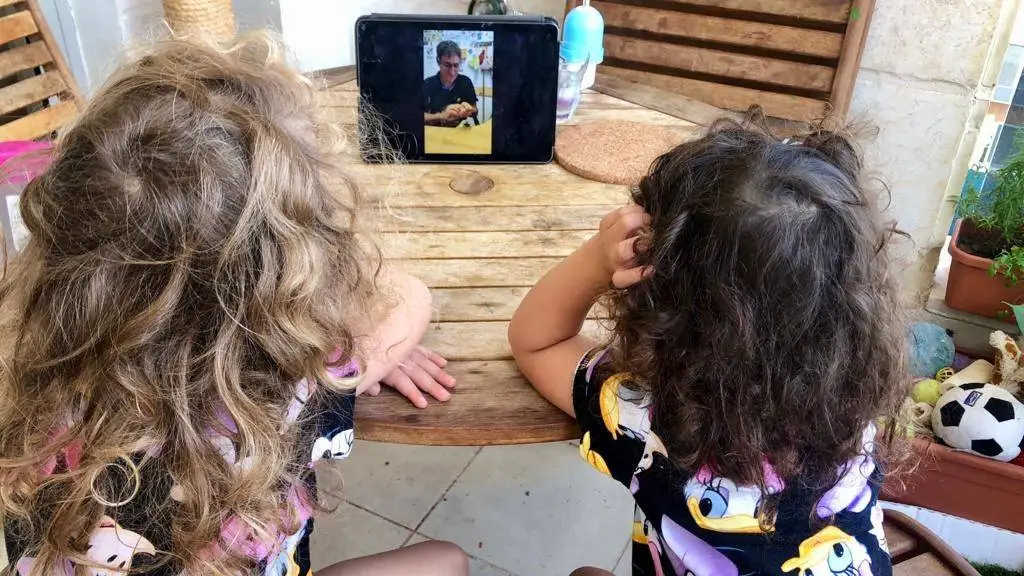



A joint study by the Southern Arava Agricultural R&D Center and the Eilat Bird Sanctuary found that migratory birds provide natural pest control services against insects in the Arava’s agricultural fields.
Birdwatchers know this well—and flock here from all over the world. The Southern Arava is a migration bottleneck for millions of birds funneled through the only land bridge connecting Africa, Europe, and Asia, right after crossing the vast, foodless Sahara Desert. Bird migration is a unique regional resource—an economic and tourism asset, an educational treasure, and, as recent research reveals, also an agricultural resource. Together with insect-eating bats that patrol the fields and orchards at night, the migratory birds form the daytime shift, devouring pests and providing natural pest control throughout the day.
Despite some initial wariness, where only some farmers are willing to welcome birds into their fields, research recognizes birds not merely as agricultural “pests,” but primarily as providers of vital ecosystem services—notably biological pest control. A study conducted in Indonesia found that birds and bats together provide 24-hour natural pest control in cocoa plantations, accounting for about a third of the crop yield. The Austrian researcher Bea Maas visited us last year for the International Bird Observatories Conference in Eilat, inspiring us not only with her groundbreaking findings but also with how she translated research into practical action—running workshops and producing guidance booklets for cocoa farmers. Following her lead, many farmers discovered that birds and bats were responsible for roughly 30% of the yield in other tropical crops—but only in tropical habitats. So why shouldn’t this work in the desert? After all, the fields stand out as oases in an otherwise arid landscape, naturally attracting migratory birds. ד"ר ג'סיקה שקרמן, ממו"פ ערבה דרומית ומו"פ מדבר וים המלח ראתה מיד את הפוטנציאל החקלאי של נדידת הציפורים האינטנסיבית באזורנו, כדי למתן את השפעת החרקים המזיקים על הגידולים. מרכז הצפרות אילת, ראה כאן דווקא הזדמנות לשכנע את החקלאים להזמין את העופות הנודדים אל שדותיהם, ולהכשיר את השדות כתחנות עצירה בטוחות ומזינות יותר עבורם, לטובת העופות ולטובת החקלאיםWith the generous support of the Nekudat Chen, Yad Hanadiv Foundation, and the Israeli Society for Ecology and Environmental Sciences, we set out to explore whether the resource of bird migration is truly relevant to our fields—especially in the harsh desert climate.
Bird migration is one of the most striking natural phenomena in the Arava. Millions of birds, determined to reach their breeding or wintering grounds safely, fly in the spring—likely without pause—over the harsh, foodless Sahara Desert. In the autumn, they prepare for the return journey south, with the Arava offering a critical opportunity to refuel and rest. The vast majority of these migratory birds are insect-eaters. Millions soar above us, faced with the crucial decision of where to stop to rest and feed—eating as much as possible to replenish energy reserves for the grueling days and nights ahead on their migration. אלפי קילומטרים שעוד נותר להן לעוף, כפול מיליוני ציפורים נודדות, שווה הרבה מאוד חרקים שיאכלו בדרך.


We can't live without nature
As adults, we don’t always grasp the experience of children. We see them excited by a small bird at the ringing station and attentively listening to the guides, but when they get to the field observation point, the telescope often captures their attention more than the bird itself—and anything a bit distant or green suddenly seems far less interesting. The students of Yaelim School noticed this problem immediately. The Eilat Bird Sanctuary was designed primarily for adults, and without guidance—or if the ringing station is closed—the birds can feel a little too far away, leaving little for children to engage with. So the students dragged their teacher, Annie, to the sanctuary and decided to take action—to transform the Eilat Bird Sanctuary into the first children’s bird sanctuary. It took just 30 seconds to convince Orna, the principal, and the teaching staff, and they launched a project-based learning initiative (PBL) involving the entire fifth-grade cohort—and practically the whole teaching team.
The students of Yaelim School knew exactly what they wanted—games, fun activity booklets, photo-friendly installations, and child-friendly information—everything to make a child feel that they had arrived at a place designed in their language, with everything needed to feel comfortable and engaged. The sanctuary team, the students, and the teachers met several times at the school and a few more times at the Eilat Bird Sanctuary. The children explored every corner of the park and absorbed every story about the birds, diving into months of intensive work—all with the guidance of the artist Guy Elhadif.
The project reached its final stage with the installation of the students’ creations throughout the sanctuary. At the entrance, a large tree adorned with “Welcome” signs in every possible language and decorated with bird designs greets visitors. Two flamingo models were set up with spaces to stick your head in for photos. A beautiful bench decorated with a tree and tiny treecreepers provides a special photo opportunity with grandparents. A model of the sanctuary stands near the entrance, and information about birds and plants, written by the children, is accessible via QR codes placed throughout the park. In the park shop, coloring books and games about migratory birds for the little ones were made available (and quickly sold out), while treasure hunt challenges were spread across the sanctuary. For board game enthusiasts, two games depicting the story of Eilat and bird migration were set up on picnic tables, and students from the cinema track produced a short promotional film for children, encouraging birdwatching activities.
The inauguration of the Children’s Bird Sanctuary took place alongside the final event of the Eilat Bird selection. Dressed in yellow sanctuary team shirts and beaming with pride over their handiwork, the children guided the large crowd, challenged them with riddles, played games, took photos, sang, played music, and enjoyed ice pops.
We feel incredibly fortunate to have such caring and creative children in this city, who—together with their teachers—are willing to do so much for the next generation of children and for the Eilat Bird Sanctuary that they love so dearly.
A huge thank you to the students of Yaelim School, the entire teaching staff, and Principal Orna; to Efrat, the science teacher with a big heart; Eran, the skilled cinema teacher who always came along with the students whenever a breeze blew; to Asher, the ever-laughing janitor; to Guy Elhadif, the remarkable artist; and above all, to the one who led it all—our wonderful science coordinator, Annie Yahloomi. We will cherish everything you have done for us, and the Eilat Bird Sanctuary will forever carry the mark of your love and dedication. פארק צפרות לילדים.
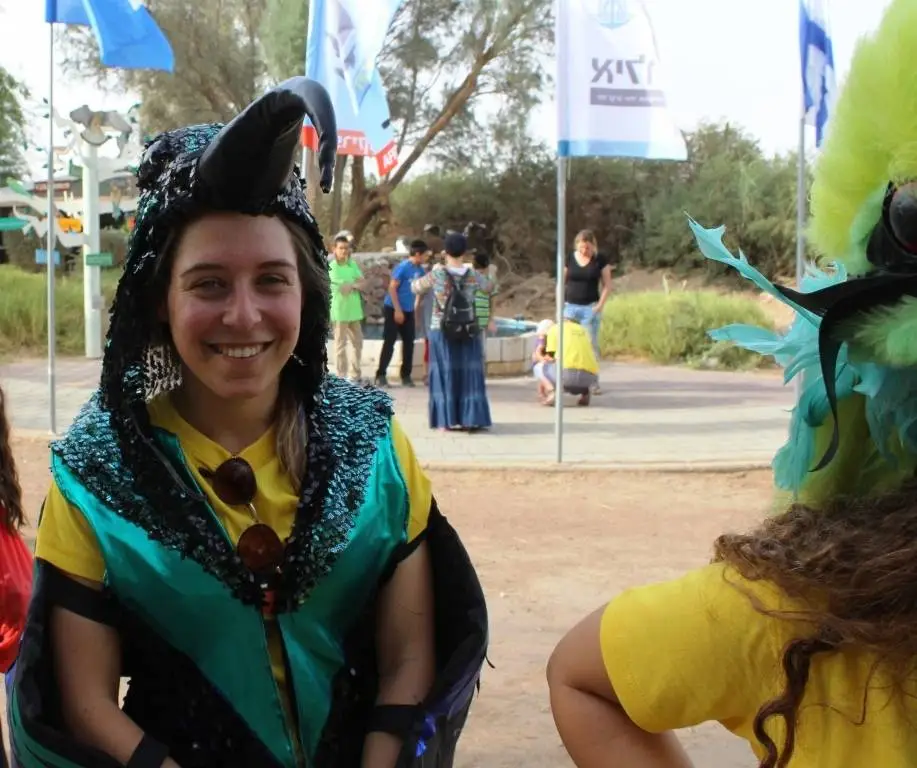
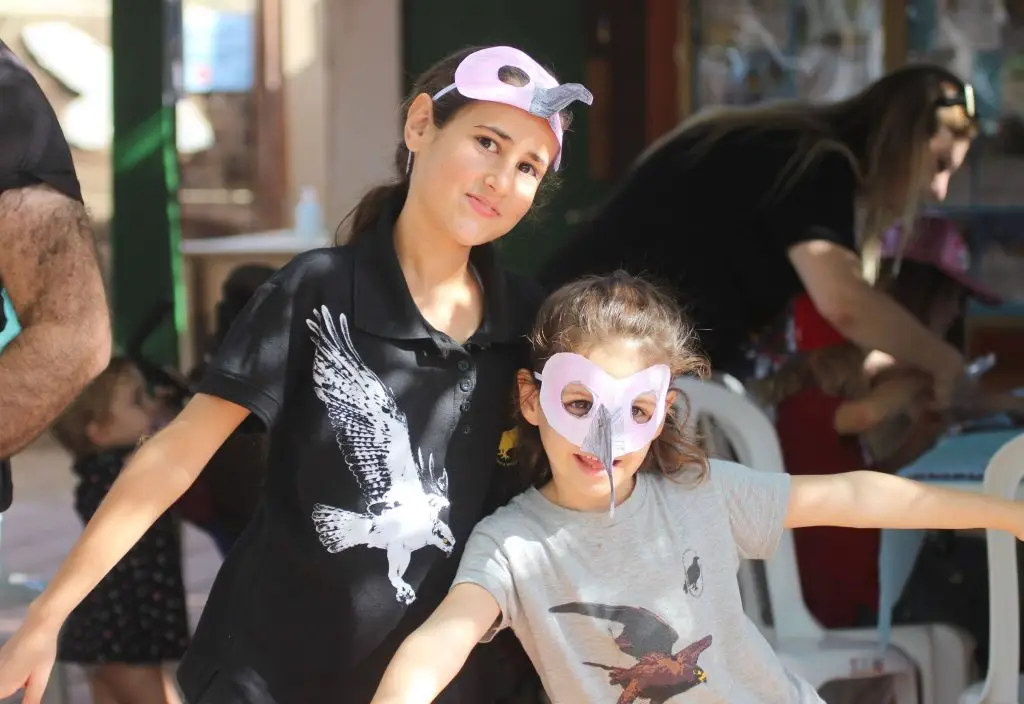
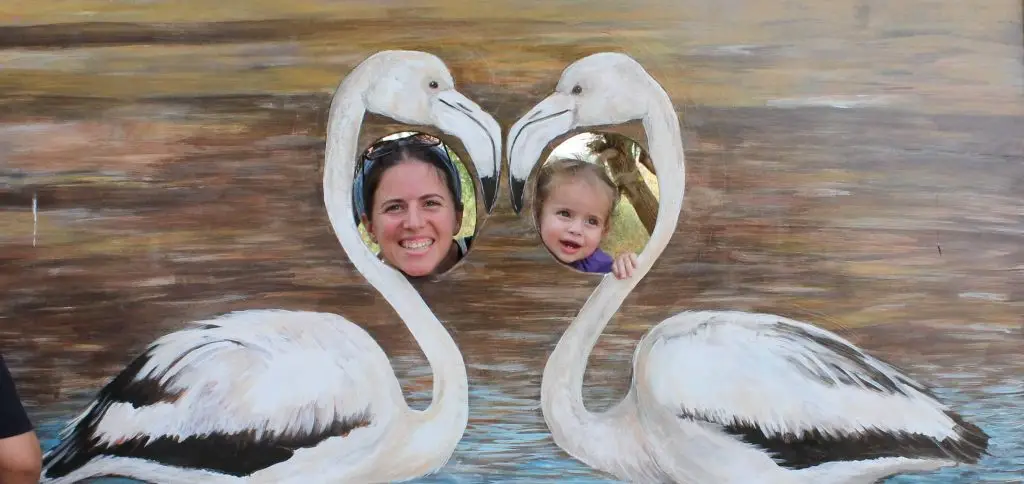
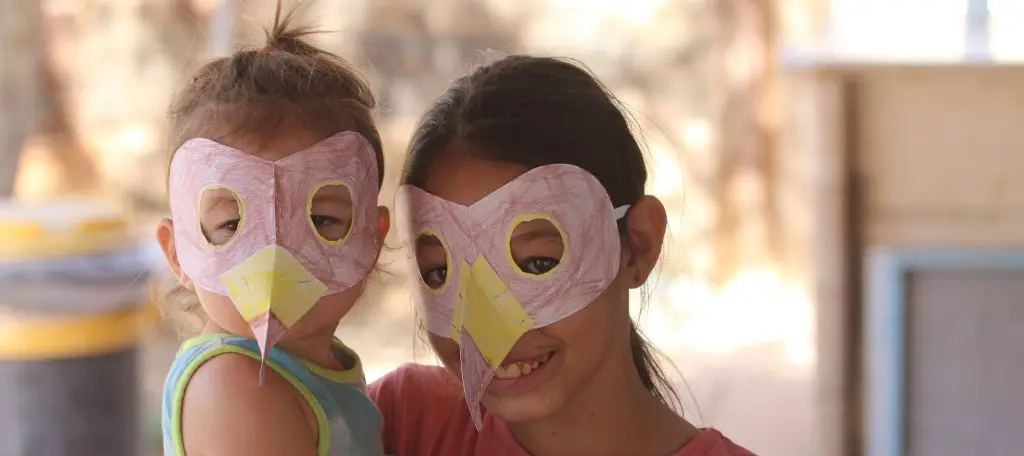

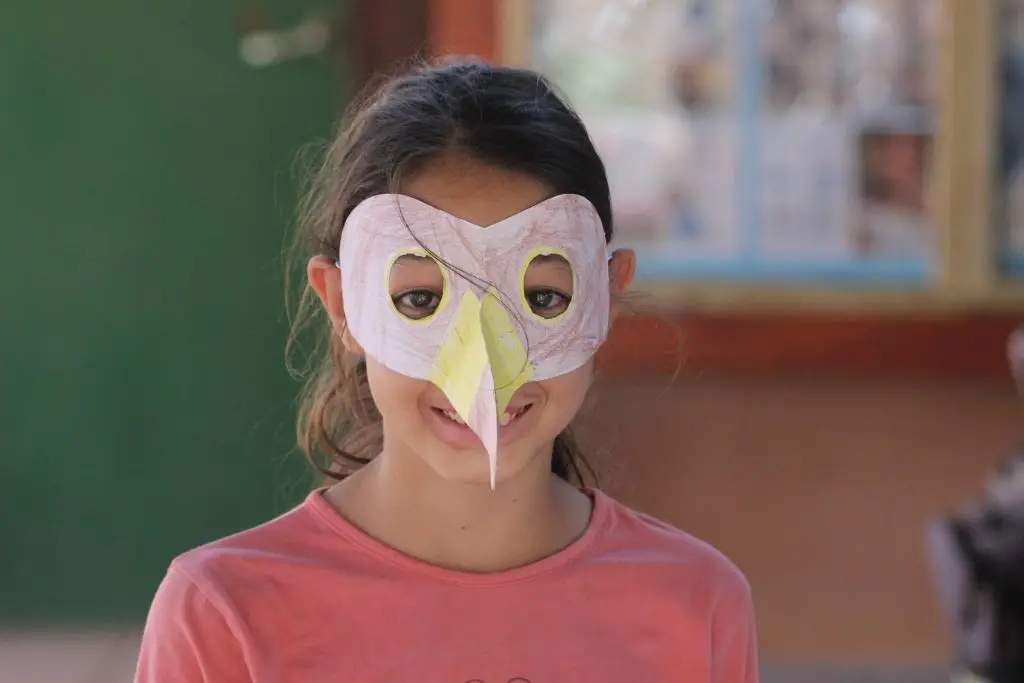
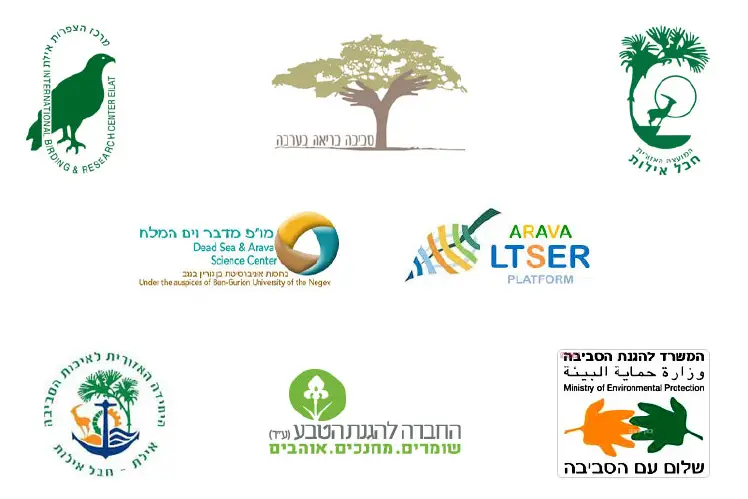
אנחנו משתמשים בעוגיות כדי לשפר את חוויית הגלישה, למדוד שימוש, ולהציג תוכן מותאם.
עוגיות אלה נדרשות להפעלה בסיסית של האתר ואינן ניתנות לכיבוי.
עוזרות לנו להבין שימוש באתר ולשפר חוויית משתמש.
מאפשרות הצגת תוכן ופרסום מותאם.
The Birdwatching Park is open all the time, every day, and admission is free.
לתיאום סיור אנא צרו קשר בדרכים הבאות:
Sunday to Thursday, from 6:00 AM to 3:00 PM
Friday, from 6:00 AM to 12:00 PM